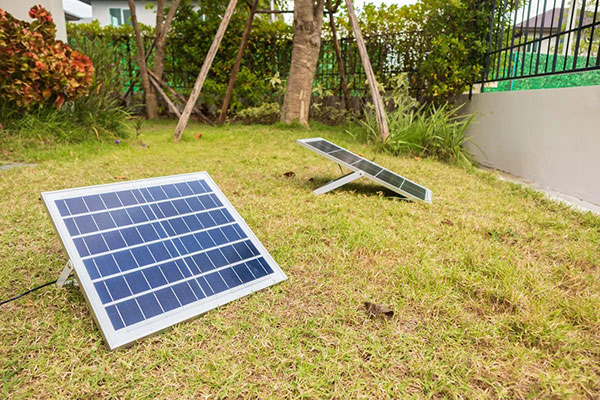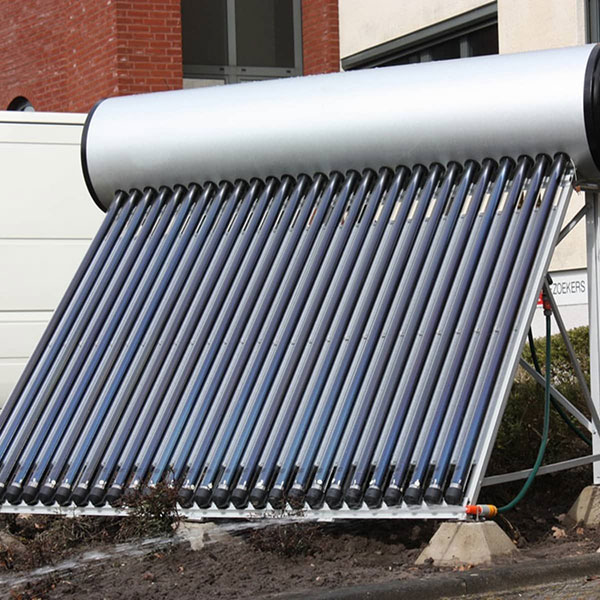Understanding Solar Panel Temperature Dynamics
Temperature plays a significant role in harnessing solar energy, although not in the way ITD might think. That is especially true regarding human-generated solar energy. The fact is that solar panels power the rest of the digital technology, and their performance depends on how hot it is that day outside. These panels generate heat, not electricity, and they may be manufactured of silicon or a similar material.
Such materials semiconductors get less efficient as the temperature rises above 25 degrees Celsius. It means that your solar panels can be operating with less than spring efficiency well before the hottest time of year. Ideally, you would want to keep your
solar panels at 25 degrees Celsius, also known as the optimal point. However, such conditions are rare, let along the phoney companies’ marketing with tested panels and warranty levels. Ideally, the best situation would be to keep it moderate all year long. It is also the best place to store the batteries.

How hot are solar panels designed to function?
The operational temperature range of solar panels plays a vital role in determining the power production of solar panel systems. However, no panel would perform well if it was taken to the true heat of that summer’s midafternoon, or the biting freeze of that winter’s strongest snowstorm or hailstorm. As a result, most panels are designed in the
-40.00° (-40.00° ) C to 85.00°.00° C range. This range may result in a fairly constant winter environment without emitting stored-up sun heat. A good temperature for the panel, on the other hand, would be around moderate as the temperature may affect the efficiency of the panel.
I hope there are not a lot of heard things for you in this assignment. It seems to me that the statement is true not for every student. As for me, I understood almost nothing in the process of answering the questions. I think it is extremely easy to understand the above information, and I will help by providing the rewritten content. I hope my rewriting will be useful for you. If you want me to clarify anything, please let me know.
Ideas for Optimization
Solar energy production should be performed under the optimum conditions. Generally, the best conditions for solar energy production are the weather and temperature that would make it possible for the solar panels to collect sunlight without reaching the temperature that is too hot. For this reason, solar panels work best in the high sun, but cooler weather. If it is too hot, the installation may be equipped with cooling systems. Another way is to use high-temperature resistant panels. The described information will be useful for me since I plan to use it in my research to understand how deployment works.

Information on the Given Topic
Temperature Effects
The details on solar energy, the ranges of temperature and the possible impact on the process of installation usage should also be taken into consideration. As it was mentioned to me, there are some parameters used for the measuring of the capabilities of a solar panel based on temperature. It is referred as a temperature coefficient, which is described the decrease of the output of the panel above the base temperature of 25°C. The exact formulas are unknown because I cannot access the content, but the dependence may be calculated and expressed as a percentage per degree Celsius. This information will be useful since the assessment of the possible output may rely on the outside temperatures.
Nota bene, the higher the temperature, the lower the production.
Temperature and the Solar Energy
Temperature plays a significant role in the overall performance of the solar energy system. When a solar panel is too hot, it is likely to work less efficiently, meaning it will produce less electricity. More specifically, the temperature coefficient of a particular panel will determine how much total energy will be produced if that panel is hot. Therefore, opting for solar panels with a lower coefficient is bound to yield you an advantage on the hottest days. In other words, beyond the upfront cost and maximum output, the performance of your solar panel in hot conditions should be an essential part of your decision as well.

Conclusion
The temperature coefficient is a vital consideration for anyone who is thinking of installing solar panels. Despite its seemingly small size and impact, it will be able to guarantee that your solar panels will be able to work efficiently in summer. If you decide to opt for solar power, choose the appropriate coefficient in order to make an informed decision.
In conclusion, it is possible to state that this approach contributes to the critical and informed decision-making process.
Temperature Effect on Solar Panels
When discussing solar panels and their efficiency, people often debate one limited resource: temperature. It is cleverly ironic that the only source to power the solar panels is the one factor that restricts its efficiency. Solar panels do not operate optimally when the temperature is too high and instead sacrifices its power because of the increased resistance in the electrical flow. In other words,
a hot temperature resulted in a decreased efficiency for the solar panels. The physics behind this argument is when the temperature increases; the internal material of the solar cells or the semiconductor becomes more conductive.
The more conductive the semiconductor is, the more potential electrical energy is dissipated as heat. It is important to understand this reasoning because it means you have to install and account for the best temperature to operate your solar panels to be efficient.
Generally, the colder the temperature, the more likely the solar panels are most efficient compared to warmer temperatures. This is a common understanding because not many would assume that ambient temperatures would cause the most operative efficiency on solar panels. Many would assume that solar panels would perform optimally in hotter and sunnier climates. Yet, the exact opposite is the answer to the cold because the solar panel operates more efficient in less thermal and conducted activity in the panels’ material to convert and harness the light into electrical power. Some would be shocked to hear that solar panels do not just freeze up and cease to harness energy as they have always heard. Instead, try imagining if solar panels harnessed more power as the temperature drops.

The Temperature Coefficient and Its Application
The temperature coefficient is a critical aspect for anyone trying to gain the greatest benefits from their solar investment. This term refers to the change in a panel’s output as the temperature shifts, usually expressed through the rate of output decrease in percentage terms per each degree Celsius of the temperature increase beyond 25°C.
It is necessary to select the panel with the best such characteristics to sustain higher levels of efficiency, especially in places characterized with high temperatures. A focus on this particular specification may help to make the production process more predictable and enable the development of a system adequately adjusted to the given environment’s needs. Thus, a closer examination of the temperature dynamics of solar panels and the specifics of temperature coefficients from their understanding in physics to the practical implications may give one a comprehensive view of employing solar energy in a productive manner. Whether you may prefer to fight the burning heat and the fresh cold, your panels combined with the right knowledge may benefit from any temperature, using those to boost performance rather than oppose it.



